7 Things you could be doing wrong with your oral hygiene
Pearly whites

Happy World Oral Health Day! Ahead, we delve into the seven ways you can improve your tooth care routine.
It’s the 20th of March, which means World Oral Health Day has come back around. Launched to empower you with the knowledge you need to prevent and control oral diseases, World Oral Health Day is your yearly reminder to take your oral hygiene seriously. Now, brushing and flossing regularly are non-negotiable, but there are a few other things you need to avoid to make sure your mouth is in tip-top condition.
Ahead, we’ve rounded up seven potential mistakes that you might be making with your oral hygiene—read on for the full scoop:
Mistake #1: Being anti-fluoride
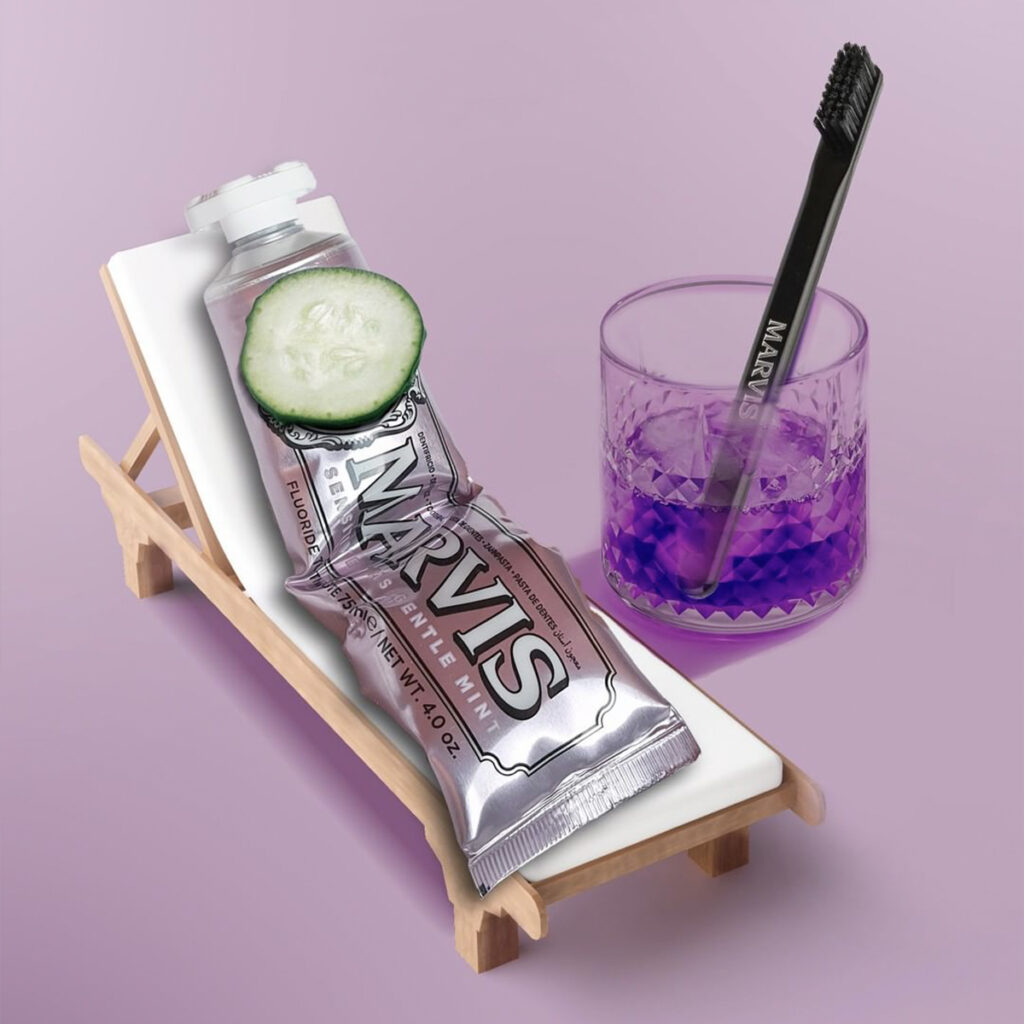
The popularity of non-fluoride toothpaste is on the rise, and it’s because fluoride has somehow garnered a terrible reputation. But, here’s the thing: the claims that fluoridated water and toothpastes are “harmful” to health are completely baseless. The anti-fluoride narrative is a long-standing conspiracy that has emerged through years of misinformation, and it’s time to set the record straight.
The truth is that fluoride was initially added into the water systems as it protects against tooth decay by fortifying the tooth enamel. Toothpastes have also long been formulated with fluoride for the same reason. In fact, fluoride is more effective applied topically than through drinking water.
The only issue arises with too much fluoride, especially at young ages. Dental fluorosis causes permanent streaks and spots to form on the teeth’s surface, and arises from excessive fluoride—but, it is a purely cosmetic issue. Skeletal fluorosis is a rare condition that also arises as a result of too much fluoride, causing brittle bones and pain, but you would need to ingest an obscene amount of fluoridated water or toothpaste for it to happen.
Summed up perfectly in this article, “even though fluoride can be toxic in extremely high concentrations, its topical use is safe”. Basically, fluoride is fine. Good, even!
Mistake #2: Going overboard with charcoal toothpaste…

The peak of the activated charcoal craze has come and gone, but the days of charcoal toothpaste are far from over. Influencers like Kendall Jenner hawk out endorsements for charcoal teeth whitening brands on social media, but you shouldn’t be so quick to hop on the bandwagon.
Firstly, charcoal toothpaste can be too abrasive for everyday use. Daily use could lead to the wearing down of your tooth enamel, causing tooth sensitivity and potentially yellower teeth if the yellow layer of dentin under your enamel is exposed.
Plus, the black charcoal particles can also make staining worse and cause irritation as they get caught in between the gums. Also, charcoal toothpaste can also get lodged in your fillings, which can be extremely difficult to clear.
Finally, there’s no evidence that charcoal toothpaste is more effective than any other whitening toothpaste, or even effective at all.
Mistake #3: … and whitening toothpaste

Riding on the coattails of charcoal toothpaste, whitening toothpaste is also very abrasive. Like charcoal toothpaste, it only removes superficial staining and, if you use it too frequently, it will wear away enamel quicker (and potentially make your teeth even yellower).
Mistake #4: Taking oil pulling seriously
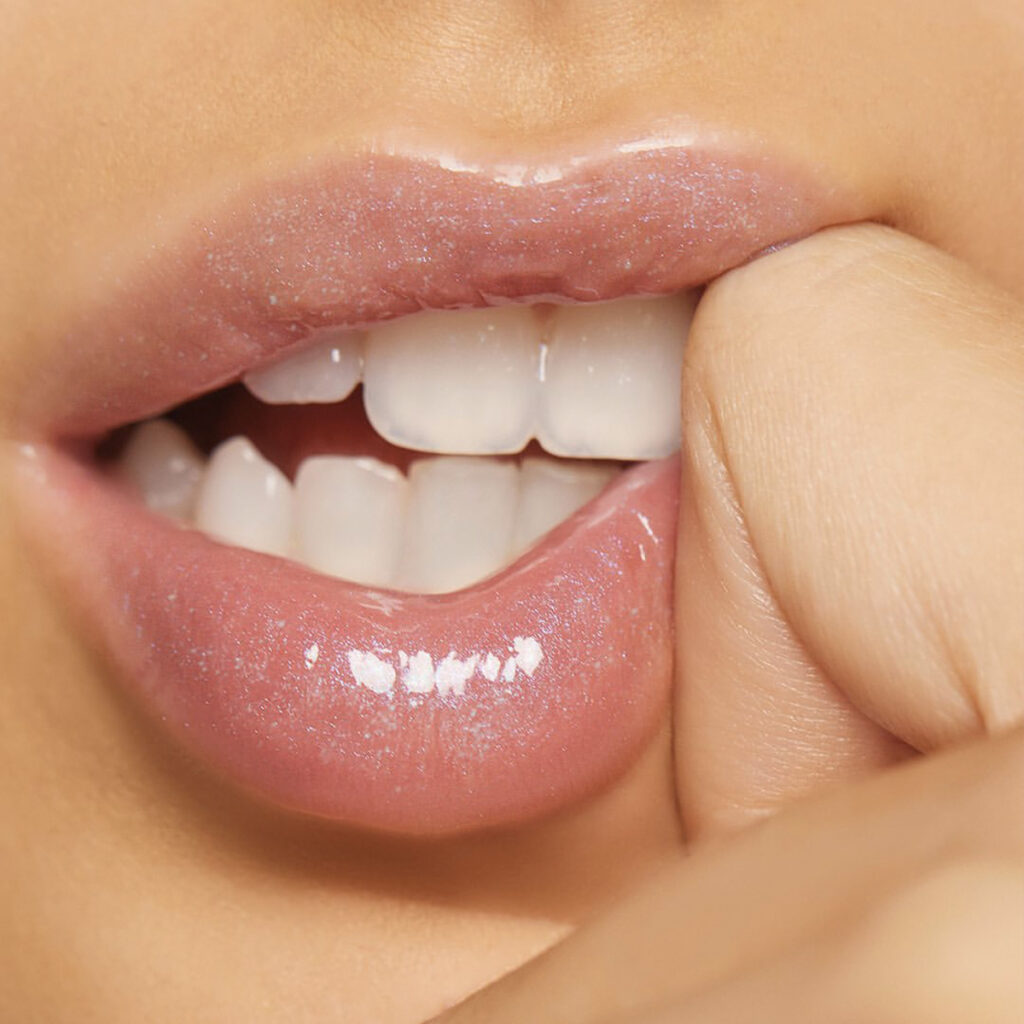
Oil pulling is the practice of swirling coconut oil (or any other “natural” oil) around the mouth on an empty stomach, pulling the oil through the teeth and mouth for five to 20 minutes then spitting it out.
Its roots lie in ancient Ayurvedic rituals and promises to “clear the body of toxins”, whiten teeth, improve breath and generally improve health. Some go as far as to say that it’s an adequate replacement for proper tooth brushing and flossing (um, no).
Needless to say, there is absolutely no scientific basis behind the practice. How-to guides state that if you feel the oil’s volume double in your mouth, you know that it has “pulled the toxins” out of your body. Newsflash: it’s not the oil absorbing all your toxins—it’s your mouth producing saliva because you’re swirling oil around your mouth and your salivary glands are going nuts. In short, if you do nothing but oil pull to clean your pearly whites, you’re going to lose all of your teeth.
Mistake #5: Everyone’s favourite DIY duo: strawberry and baking soda
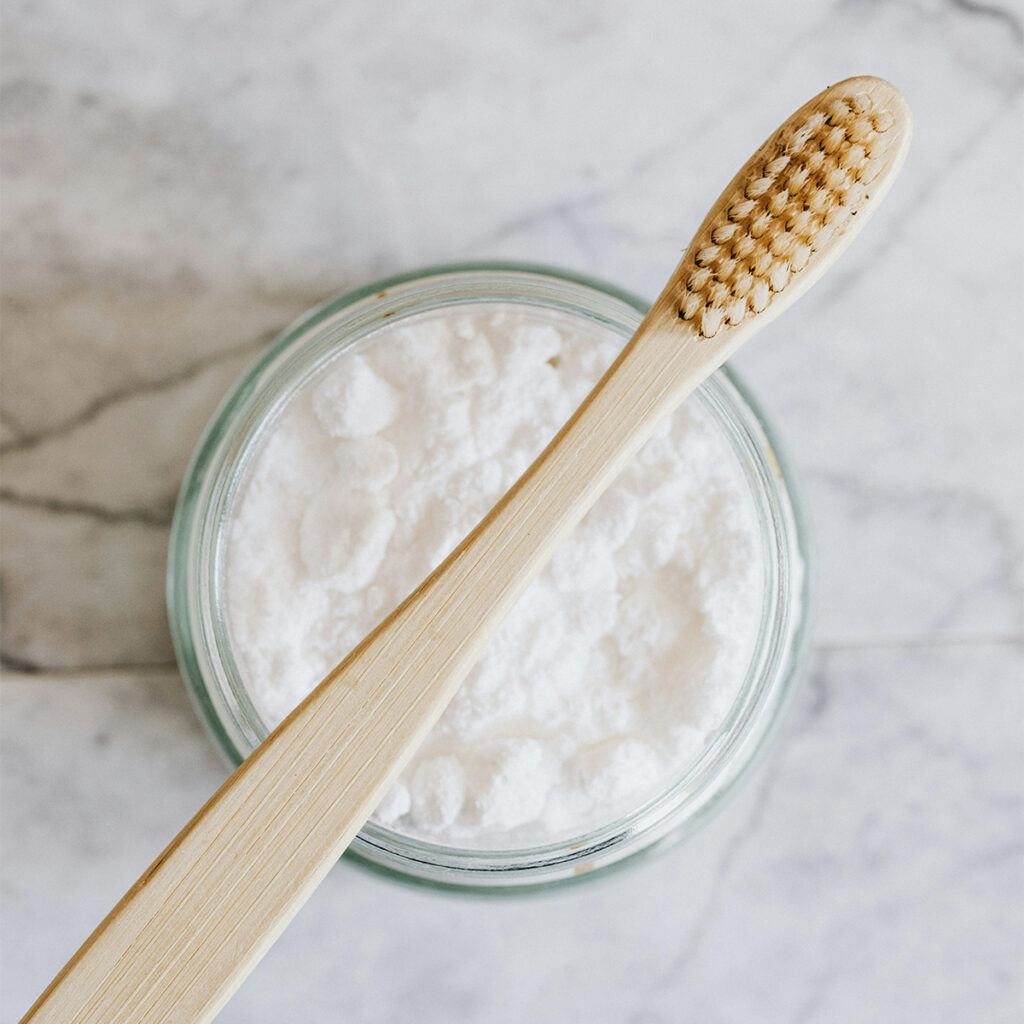
This DIY-whitening-favourite does not work. Strawberries are thought to whiten the teeth because they contain malic acid, but realistically the acid is nowhere near strong enough to produce any significant results and it actually causes your teeth to weaken instead. Plus, the sugar in the strawberries may rot your teeth before you see any results. A better option would be to make a tooth-whitening appointment with your regular dentist. Besides, baking soda is an abrasive and will only contribute to wearing away your enamel.
Mistake #6: Infusing your water
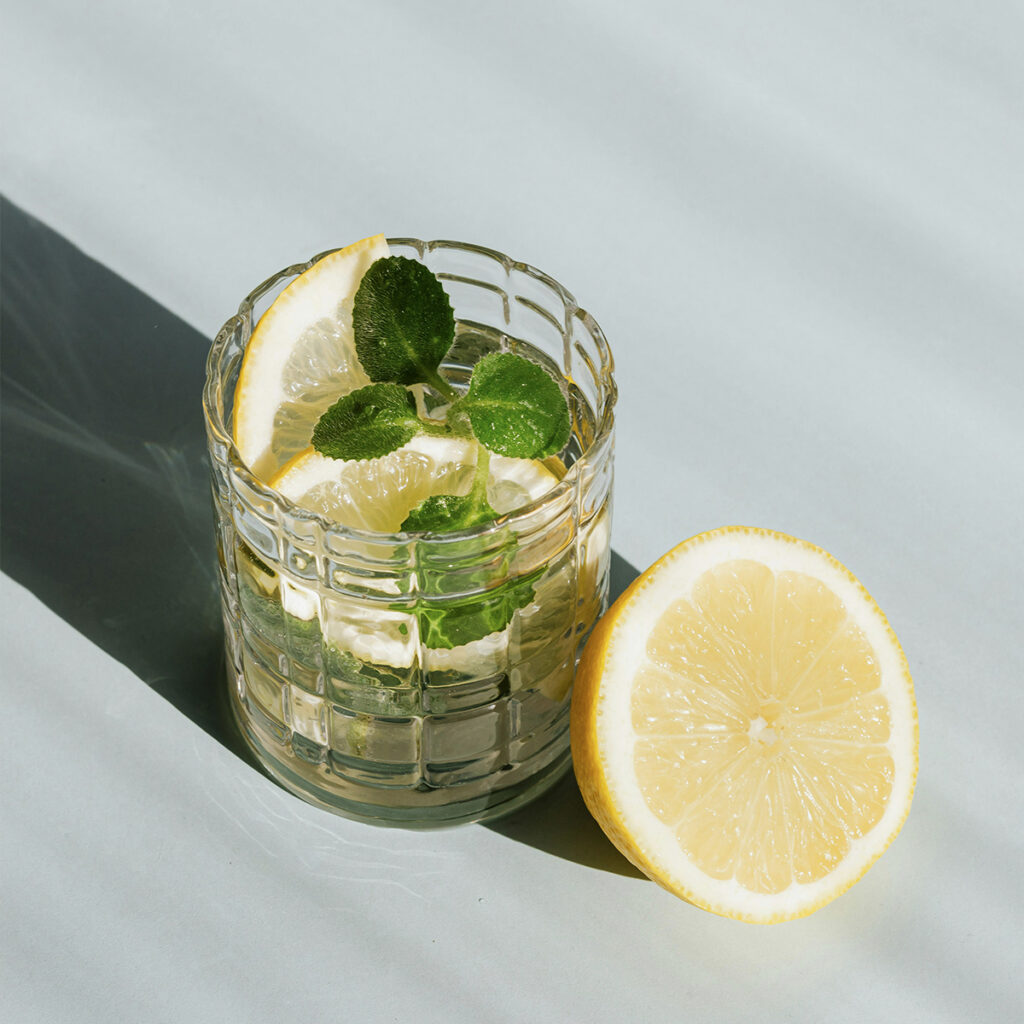
Lemon water—it’s a social signal that you have your life together. It’s a subtle way to broadcast how healthy you are. Fancy restaurants precariously place a single wedge in your drink to give you the full dining experience. It is a force that cannot be stopped, despite the rise in cases of eroded tooth enamel and stomach pains among the demographic that favours it.
So, we regret to inform you that you should probably go a little easier on it. Lemon and lime are high in citric acid, and having too much of them in water can have some really detrimental effects on your chompers. In addition, on a gastroenterological level, the acidity can trigger stomach pain and gastroesophageal reflux disorder which leads to heartburn, nausea and vomiting. We’re not saying that you should purge it entirely—you can drink it in moderation to experience its benefits, but give it a rest once in a while.
Mistake #7: Using the wrong bristle hardness
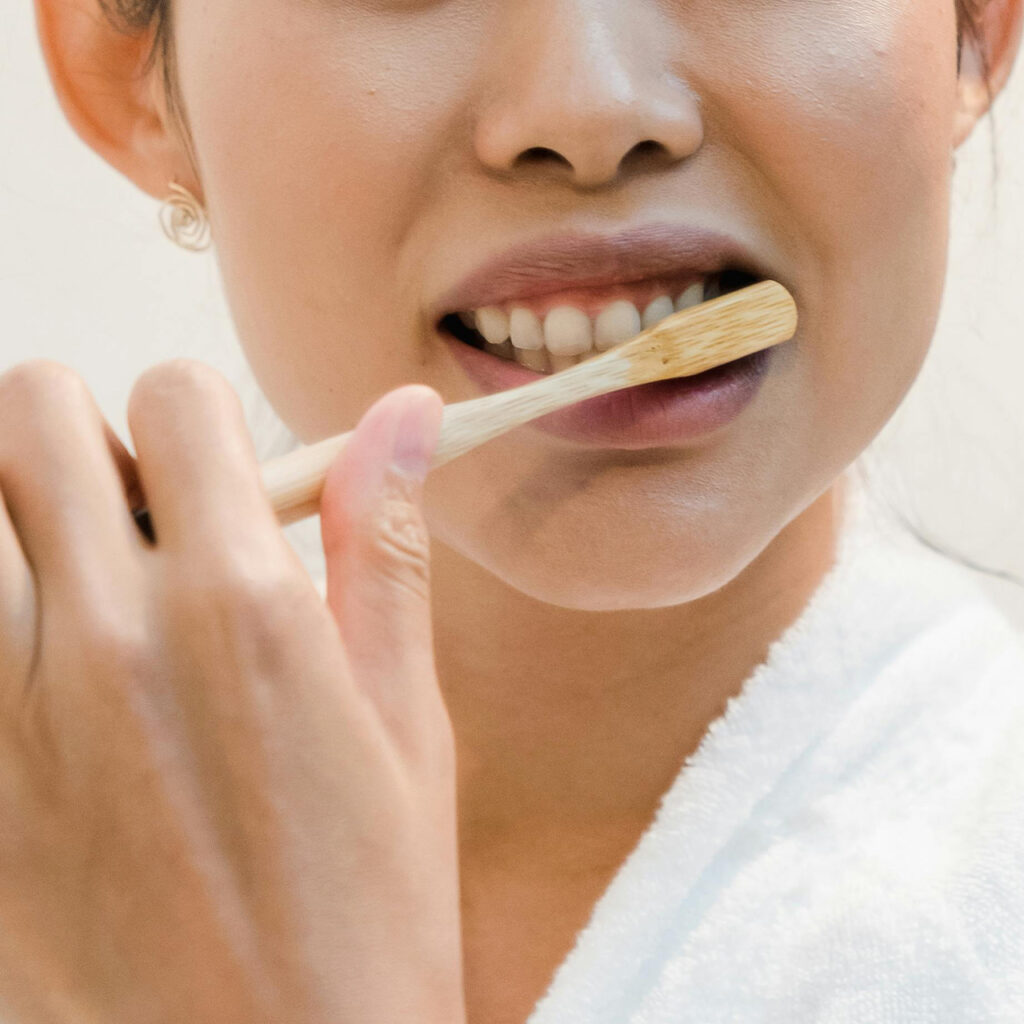
One more final thing to consider is the kind of toothbrush you’re using. They come in many shapes and sizes, but the most important factor is bristle hardness. Ideally, you want a toothbrush with softer bristles as it is less abrasive and pliable enough to get into the nooks and crannies of your teeth.
And that about sums it up! Have you committed any of these cardinal oral care sins?
For more beauty reads like this, click here.
| SHARE THE STORY | |
| Explore More |



